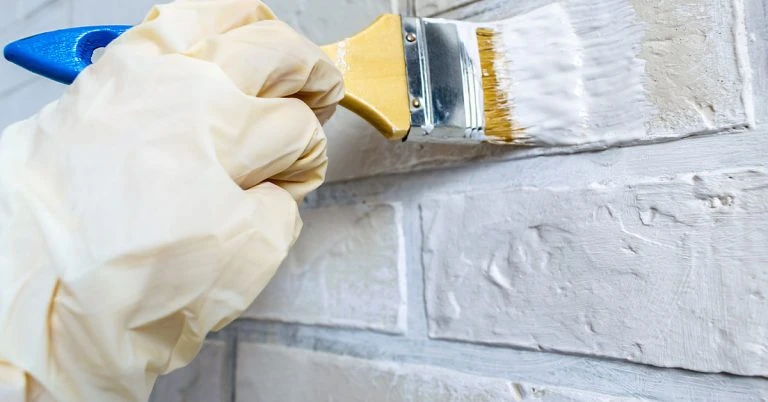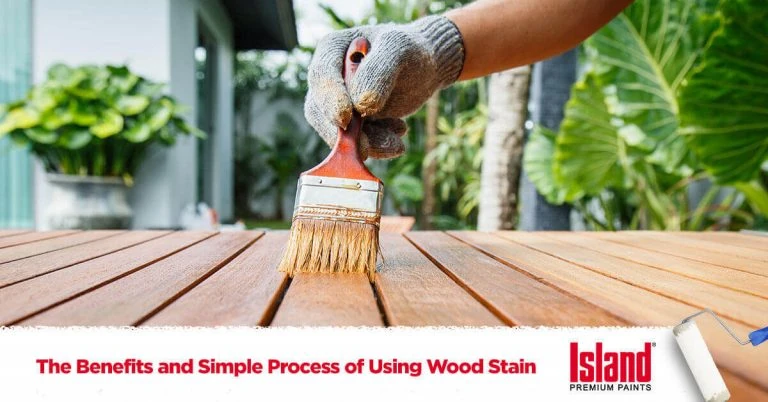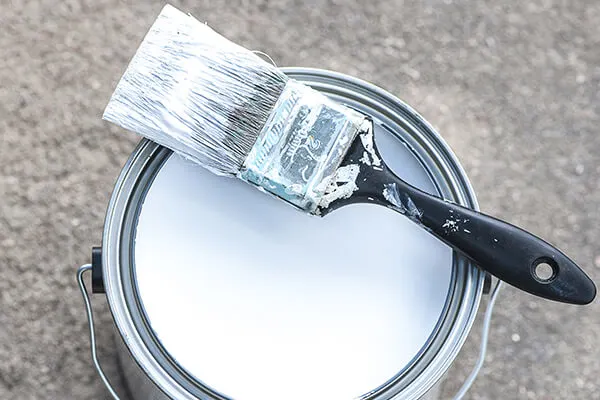Home Decorating Tips


Home Decorating Tips
Paint Qualities That Work Best for Wet Walls
Posted on October 12, 2021
Last updated May 27, 2025
Wet walls can be a nightmare if you’re keen on giving them a makeover via a fresh coat (or two) of paint. Experts have advised against painting on wet walls, since the substance tends to slide off damp surfaces, resulting in an unpleasant-looking paint job.
Despite these circumstances, it’s still possible to paint on walls that were previously damp or wet. You’ll just need to discern the type of paint you should be using and when you should be painting. More than that, it may be beneficial to look into why your walls are wet or damp in the first place. So, keep reading and learn why your walls can be damp, the best paint to apply on them, and other practices to consider when working on these affected surfaces.
What Causes Wet Walls in the First Place?
When you encounter any of these issues, it’s a glaring sign your walls are already damp:
- Watermarks and stains, or spots on your ceiling after it rains
- Damp surfaces
- Peeling paint or wallpaper
- Visible mold
- A musty and stale smell from your walls
- Water flowing inside your walls
Damp walls happen because of the following:
- Water-related problems: Leaks from appliances that use a lot of water, such as bathtubs, sinks, washing machines, and dishwashers can spell trouble for your walls. Rainwater coming in from skylights and vents, poor drainage, other plumbing issues, and water from the ground around your home can be blamed as well.
- Condensation: This occurs once hot and moist air interacts with cold and dry air. Bathrooms and kitchens are prone to condensation, especially in areas with little to no ventilation. Activities like cooking and taking hot showers can make the air more humid as well.
What’s the Best Paint for Humid Walls?
If you live in a humid climate or continuously do activities that raise the humidity, carefully consider the paint you’ll use for your walls.
Acrylic paints may be your best option for humid and high-moisture environments since they’re not prone to blistering, flaking, or cracking, and can last through harsh weather conditions like direct sunlight, rain, and even sand and snow. Look into paints with satin and semi-gloss finishes too – their harder finish allows the paint to be moisture-resistant, and be washable and scrubbable.
Make sure you’re getting the job done on days with low humidity, particularly between the 40% to 50% range. Ensure that the temperature of the room or area you’re in is above 10 degrees C (50 degrees F). Paying extra attention to these details can make a difference, as too-humid weather conditions can lead to problems like:
- Trapped moisture in the walls
- Blisters, bumps, and unappealing defects in the paint job
- Paint being “lifted” from the surface it’s applied on
- Paint cracks
- Surfactant leaching (brown or white discoloration on the applied paint)
Other Ways to Work on Damp Walls
More than choosing the best paint for moist walls and doing tasks in the best conditions, a couple of changes here and there can address damp walls. Here are some tweaks you can consider to prevent this issue from the onset:
- If you’re dealing with moisture and humidity in your home, try to add vents and ensure the area is properly insulated. You can install extractor fans in the kitchen and/or bathroom to help with this goal too.
- Close kitchen and bathroom doors when they are in use.
- Use pan lids when cooking food.
- Ensure air vents are always clear.
- Open windows as regularly as you can, especially on warm days.
- Refrain from overfilling your cabinets, cupboards, and/or wardrobes.
- Avoid drying clothes indoors – try to do this task outside.
- If you have a washing machine and tumble dryer, ensure they’re externally vented so there won’t be moisture build-up inside the house when these are being used.
- Place furniture at least 2 inches away from the walls so air can circulate.
- Constantly feel your walls for wet and damp spots. This may help you spot an issue before it worsens.
- Inspect pipes, drains, and gutters for leaves or plants that can block them, cause rainwater build-up, and trigger leaks.
- Clean condensation if you notice them on your windows to avoid the growth of harmful black mold.
- Try to paint exterior walls under direct sunlight to lessen the humidity in your home.
Should problems persist, it may be wise to consult a professional who can help you repair any damages and address these concerns right away.
Thanks to these tips, you’ll be more informed and prepared the next time you have to deal with damp walls. Bid goodbye to damp and drab surfaces today, and breathe new life into your walls – with Island Premium Paints, you definitely can! As the first local paint with a Product Satisfaction Guarantee, you’ll surely have good-looking walls for many more years to come. Discover more home improvement and decoration suggestions at Island Premium Paints today!
Sources:
https://www.houspect.com.au/nt/the-best-paint-for-high-humidity/
https://www.glidden.com/inspiration/all-articles/what-paint-can-you-use-in-high-moisture-areas
https://longhomeproducts.com/blog/house-wet-walls/
https://www.petercox.com/our-services/condensation/what-is-condensation/walls/
https://www.envirovent.com/blog/what-is-the-difference-between-rising-damp-and-condensation/
Our Products
Our line of high quality paints and products will give your home or project the vibrancy it needs.
Explore Colors
Ready to explore colorful possibiliies today? View our popular paint colo combination palettes for great color schemes and room design ideas for interior and exteriors.



